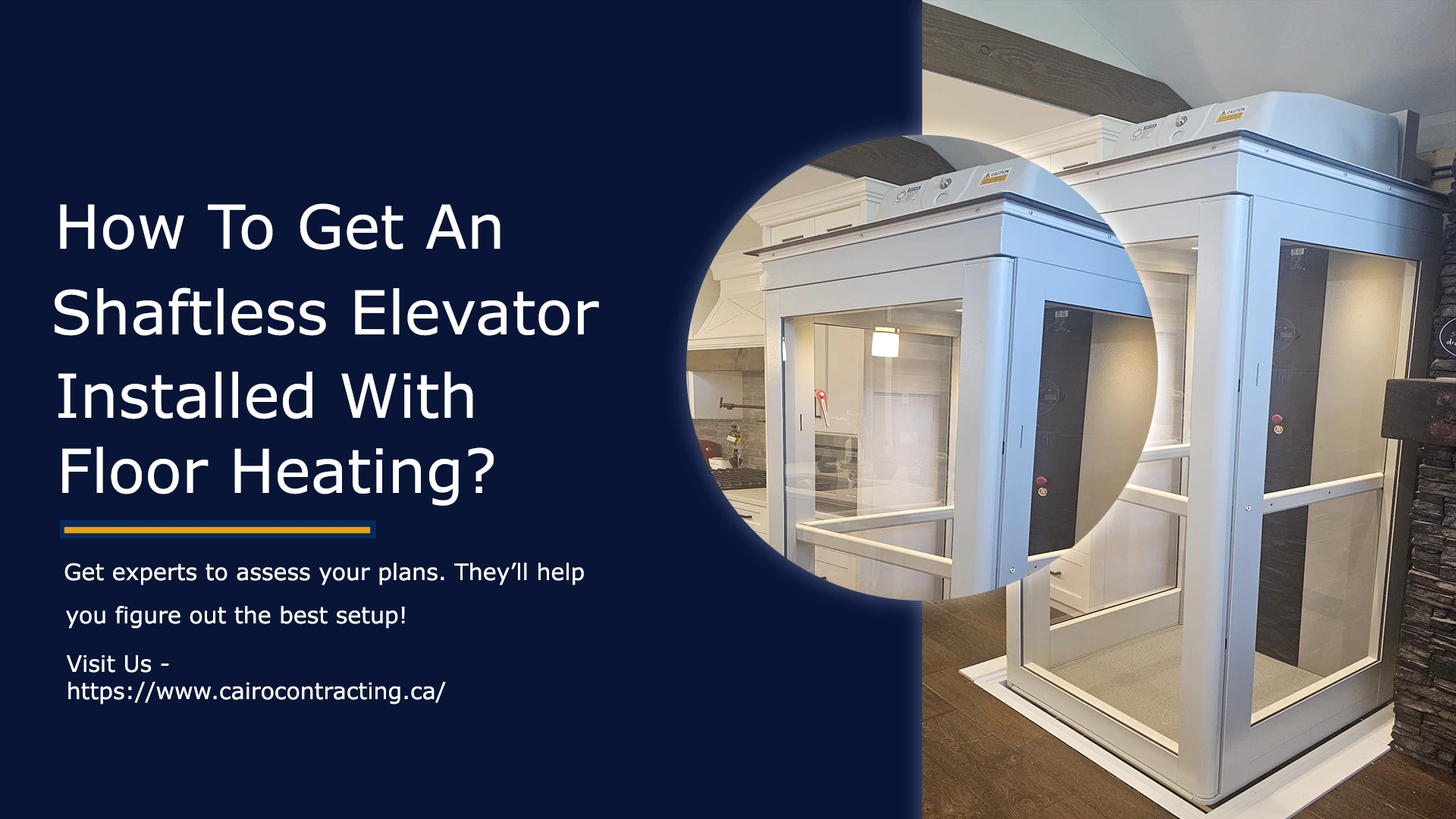Traction-based home elevators can be an excellent choice for residential homes for several reasons. Here’s why:

1. Space Efficiency
- Compact Design: Traction home elevators use a pulley system that doesn’t require a large machine room like hydraulic elevators. Thus, making them one of the best available options for homes with limited space.
- Shaft Design: They need a smaller pit and machine room, which can fit into many home layouts without taking up too much of your home’s overall footprint.
2. Energy Efficiency
- Lower Power Consumption: Traction home elevators use a counterweight system that reduces energy consumption compared to hydraulic elevators, making them a more energy-efficient option. Crystal elevators from RAM are your best bet for multi-floors.
- Regenerative Drives: Many modern traction home elevators are equipped with regenerative drives, which can convert excess energy into power, lowering electricity costs.
3. Smooth and Quiet Operation
- Comfort: Traction home elevators are known for their smooth and quiet ride, offering less vibration and noise, which can make them more comfortable, especially in quiet home environments.
- Minimal Disruption: For a home, the less disruptive the elevator is, the better. Traction elevators like Pollock Residential elevators are often quieter than other types, making them ideal for residential settings.
4. Longevity and Durability
- Longer Lifespan: Traction home elevators generally have a longer lifespan and require less maintenance compared to hydraulic systems, making them a more reliable long-term investment. Pollock Residential is a classic example that offers longevity with a luxurious value addition to your home.
- Fewer Mechanical Components: With fewer moving parts than hydraulic systems, traction elevators can often have lower maintenance costs.
5. Aesthetic Integration
- Customization: Traction home elevators are customizable in design, meaning they can be seamlessly integrated into the aesthetics of your home. Whether you’re looking for a modern, sleek look or something more traditional, Pollock Residential elevators can match your style.
- Visibility: These home elevators like Pollock Residential can be installed with glass panels or open designs, creating a stylish focal point in your home.
6. Smooth Performance for Multiple Floors
- Handling Multiple Floors: Traction home elevators are ideal for multi-story homes and can easily handle higher travel distances compared to hydraulic lifts. They are efficient when it comes to lifting people over several floors.
7. Environmentally Friendly
- Low Carbon Footprint: Due to their energy efficiency and regenerative braking technology, traction-based Pollock Residential elevators are considered a more environmentally friendly option than traditional hydraulic systems.
If you’re considering an elevator for a multi-story home and prioritize space efficiency, energy conservation, durability, and aesthetics, a traction-based home elevator is often a better choice. They offer a smooth, quiet ride, long-lasting performance, and energy savings, making them a highly practical and stylish addition to a home. Cairo Contracting is one of the exclusive dealers in BC for Pollock Residential Elevators, which is an ultimate choice for shaftless traction home elevators.
